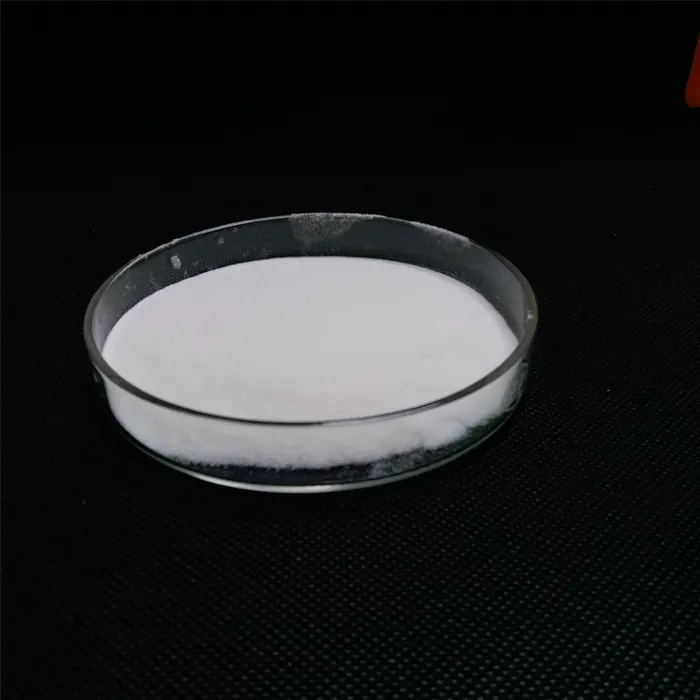Cooling Tower Chemicals Essential Solutions for Effective Cooling Systems
Cooling towers play a crucial role in industrial and commercial refrigeration and air conditioning systems. They are designed to dissipate heat from a system by transferring it to the atmosphere. To optimize their efficiency and longevity, proper maintenance and the use of appropriate chemicals are essential. This article explores the various types of chemicals used in cooling towers and their functions.
1. Biocides Combatting Microbial Growth
One of the primary concerns in cooling towers is the growth of biological organisms, such as algae, bacteria, and fungi. These organisms not only reduce the efficiency of heat transfer but can also lead to issues like biofilm formation, which complicates system maintenance. Biocides are chemical agents specifically formulated to control microbial growth. Common biocides include chlorine, bromine, and non-oxidizing agents like isothiazolinones. These chemicals help maintain water quality and prevent the formation of harmful biofilms, ensuring optimal system performance and reducing health risks associated with Legionnaires' disease.
2. Corrosion Inhibitors Protecting Metal Surfaces
The water in cooling towers often contains minerals and other impurities that can accelerate metal corrosion. Corrosion not only degrades the materials of the cooling system but also leads to costly repairs and downtime. To combat this, corrosion inhibitors are utilized. These chemicals form a protective layer on metal surfaces, preventing the interaction between water and metals. Common corrosion inhibitors include phosphates, molybdates, and organic inhibitors. Choosing the right inhibitor depends on the water quality, temperature, and the specific metals present in the cooling system.
3. Scale Inhibitors Preventing Mineral Build-Up
cooling tower chemicals used

Another significant challenge in cooling towers is the formation of scale, primarily due to mineral deposits like calcium and magnesium. When water evaporates, these minerals can concentrate and crystallize on heat exchange surfaces, reducing efficiency and flow rates. Scale inhibitors work by interfering with the crystallization process of these minerals, preventing them from depositing on surfaces. Popular types of scale inhibitors include polyphosphates and organophosphonates. Regular dosing of these chemicals can help maintain optimal water conditions and prolong the lifespan of equipment.
4. pH Adjusters Maintaining Chemical Balance
Maintaining the correct pH in cooling tower water is essential for the effectiveness of other treatment chemicals. The pH level can influence corrosion rates, scaling potential, and the efficacy of biocides. pH adjusters, such as sodium hydroxide or sulfuric acid, are used to correct imbalances. Keeping the pH within a specific range—typically between 6.5 and 8.5—ensures the water chemistry is conducive to efficient cooling and minimizes damage to the system.
5. Antifoams Controlling Foam Formation
Foam can be a significant issue in cooling towers, leading to operational inefficiencies and water loss. Foaming often occurs due to the presence of surfactants and organic materials in the cooling water. Antifoam agents, often silicone-based, are added to reduce foam generation. Controlling foam not only improves the performance of the cooling tower but also curtails the need for excessive water makeup, enhancing overall water conservation efforts.
Conclusion
The effective operation of cooling towers is contingent upon a well-managed chemical treatment program. By utilizing biocides, corrosion inhibitors, scale inhibitors, pH adjusters, and antifoams, facility managers can ensure their cooling systems run efficiently, safely, and sustainably. Regular monitoring and appropriate chemical interventions not only protect equipment but also contribute to energy savings and environmental stewardship. In an era of increasing focus on efficiency and sustainability, the role of cooling tower chemicals has never been more vital.

